HT Deep Learning for
Microscopy Image Analysis
Course 2023
REGISTRATION CLOSED
Location
Online
Date
PC set-up: 13/10/23 (h 15:30 - 17:30 CEST)
Course: 16/10/23 – 20/10/23
Fee
100 €
Course Overview & Topics
The goal of this course, organised by Human Technopole, is to familiarise researchers working in life sciences with state-of-the-art deep learning techniques for microscopy image analysis, with a focus on image restoration and image segmentation. Our aim is to introduce tools and frameworks that will facilitate independent application of the learned material after the course.
The following topics will be covered extensively during lectures, exercises, and project work:
· Image denoising and restoration (fully supervised, self-supervised and unsupervised machine learning)
· Image segmentation (pixel classification, instance segmentation, shallow and deep approaches)
· Failure cases and limitations
The course will be organised in two phases: (1) First three days with lectures and exercises to introduce participants to the basic concepts of deep learning and familiarise them with the methods and tools. (2) Last two days with hands-on projects, where students will work together and with trainers to apply the newly acquired skills to their own datasets.
Participants will leave the course with an appreciation for the power and limitations of deep learning, as well as with helpful insights into the underlying theory of machine learning techniques and the most prevalent tools for design and training of neural networks.
Target Audience
Up to 20 participants who are expected to have coding/scripting skills and some familiarity with Python programming, with no necessary prior experience with machine learning or deep learning techniques. Participants are strongly encouraged to bring their own microscopy datasets to work on during the project phase.
Course Requirements
Participants will work on virtual machines and need access to a computer with high-speed internet connection. The course requires a Zoom installation.
Contact
SPEAKERS

Florian Jug
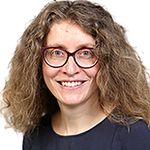
Anna Kreshuk

Virginie Uhlmann
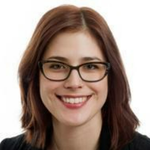
Carsen Stringer
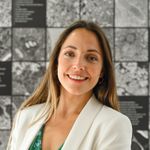
Estibaliz Gómez de Mariscal
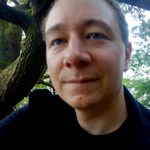
Alexander Krull
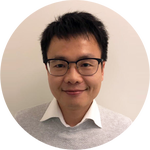
Wei Ouyang
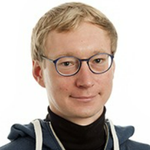
Jan Funke
TRAINERS
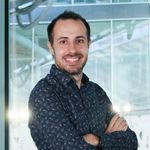
Joran Deschamps
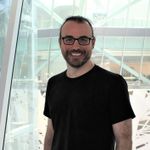
Damian Edward Dalle Nogare
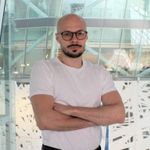
Igor Zubarev
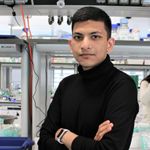
Anirban Ray
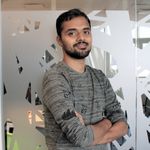
Ashesh
SCIENTIFIC ORGANISERS
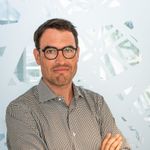
Florian Jug

Damian Edward Dalle Nogare

